Little used but so effective in learning the technical padel, forehand attack deserves to be talked about. It is one of those blows that can be used to pass from defense to attack.
Posted at the back of the track, we mainly play defensive shots, below the level of the belt. But there are times when we can speed up the game with a batted ball right hit, impacted above waist level. This blow will allow us to go from defense to attack, a blow that should not be mixed with the window exit (the bajada).
For advanced level players
Let's start with the more experienced players. This forehand is not often used, but it can quickly put pressure on opponents. How? 'Or' What ?
After one bandeja or a rolled arm (gancho) of the opponents, the ball will bounce in the middle of the field. We can use that ball to put pressure on the players at the net.
We will impact with a flat forehand, when the ball is rising. Catching the ball early will give speed and will not allow opponents to regain position at the net. By following this pressurization forward, we will be able to push our opponents to the bottom and take our turn on the offensive.
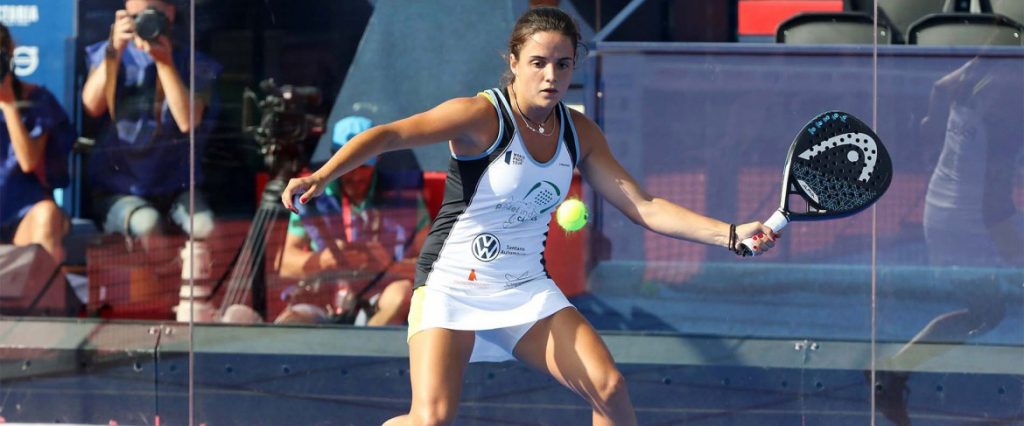
For beginner to intermediate level players
In this case, the attacking forehand will not be used in the same way. Beginner and intermediate players generally do not have the same speed of execution and vision of the game as experienced players. So they have to learn to read the trajectories of the balls.
Since the game is slower, we will take the time to detect a ball that will have a high rebound in the middle of the track.
When will this happen? After having worked the opponents with patience from the back of the track. By forcing players to volley, to play high balls, to try to move them. The moment will come when they will offer you a slow ball, which will bounce high in the middle of the track. Now will be the perfect time to use that forehand attack.
The technique
Remember that you are stationed at the back of the track and you are defending. Any ball that you can attack will be an opportunity to gain the advantage. But there is no rush. If this attack is held by opponents, reorganize your defense.
So you realize that your opponents' ball is an attack ball. The most common mistake is to rush at that ball. The fact of hurrying does not allow us to prepare properly, so we end up badly placed, we impact badly, and in the end, an attack ball turns into a point for the two players stationed on the other side of the net.
First step: preparation
You are at the back, in the house. You know you will have to play a forehand so prepare right away as if you are playing a defensive forehand. Pala below waist level, first step back.
Second step: adjustment
This is an essential step because it is she who will trigger everything else, and give you the game options that, in the end, will make the point fall in your pocket. You are in profile, ready. You are going to place your pala in the attack position, that is to say above the belt. Once the arm position is adopted, you will have to adjust the legs for an impact in the best conditions.
Third step: the strike
In the case of a forehand attack, you have to look for relaxation and not power. A forehand attack can save you the point aggressively, but also with a short cross angle or with a lob. All efficiency will be based on the bounce of the ball.
A bullet impacted during its ascension will have a lot of speed but little precision.
A bullet impacted during its descent will be difficult to control with our preparation.
Finally, a bullet impacted sommet of the rebound will be perfect.
The peak of the bounce is when the ball stops moving. Since you will have the pala already prepared, that you will have adjusted your position, your eyes will only have to detect this perfect moment when your forehand will come into action.
Fourth step: the end of the gesture
After impact we will have to accompany the ball in the direction played while trying to move forward, towards the net. If we seek the center, quickly, our pala will end far in front of us, our body will move towards the center. For a short cross, the finish will be shorter, more downwards so that the ball dives quickly, our body will accompany to “plug” the angles. Finally, for a lob, the pala will perform a sort of high “spoon”, which will remain above the belt, we will accompany little because the possibility of counter-lobing of the opponents will be great.
Conclusion
The forehand attack is rarely used because the game of the padel does not often allow us to have the opportunity to hit this type of ball; but it exists. In advanced players he punishes immediately while in beginner to intermediate players he is a good ally to improve preparation, ball reading, to understand the opponent's positioning and above all, to prepare for future shots that will be the ball. bandeja and the attack window outlet (the bajada).
Julien Bondia is a teacher of padel in Tenerife (Spain). Columnist and advisor, he helps you play better through his tutorials and tactical/technical articles padel.




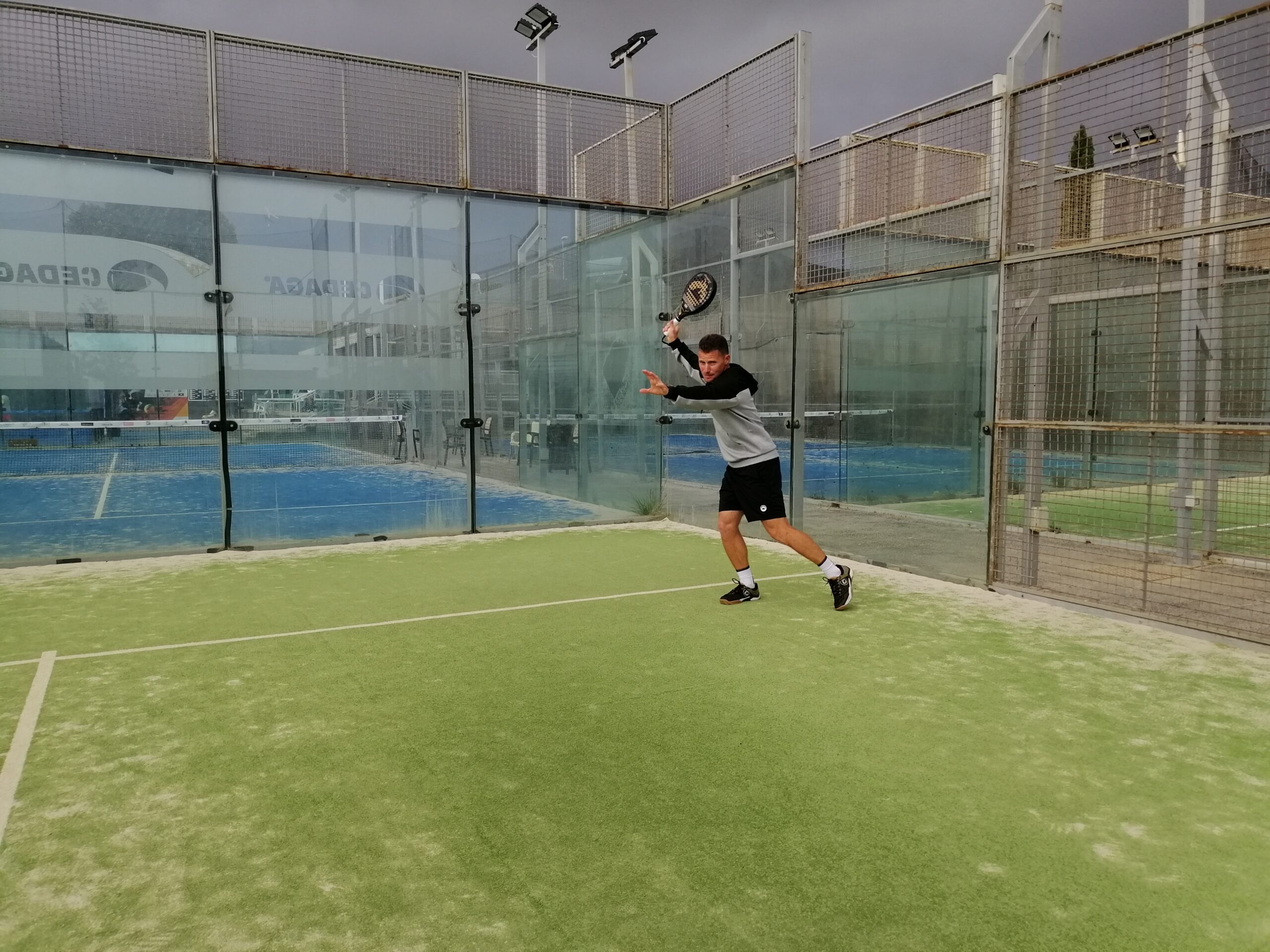













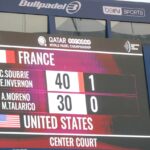


















































































 Nallé Grinda: “Democratize the padel in the USA with PadelX "
Nallé Grinda: “Democratize the padel in the USA with PadelX " The score at padel : manual
The score at padel : manual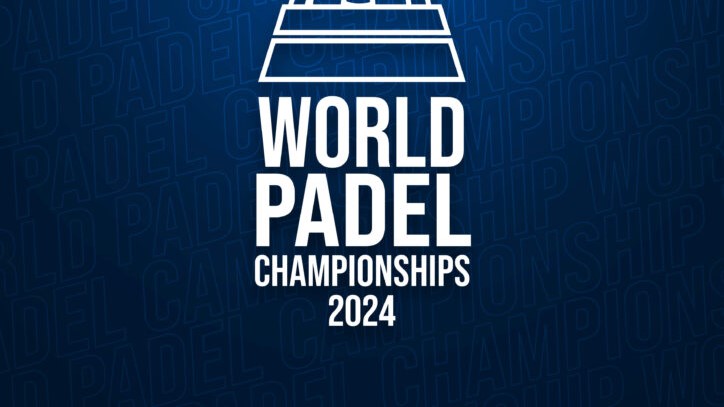 The location chosen for the 2024 World Cup announced at the end of the month!
The location chosen for the 2024 World Cup announced at the end of the month!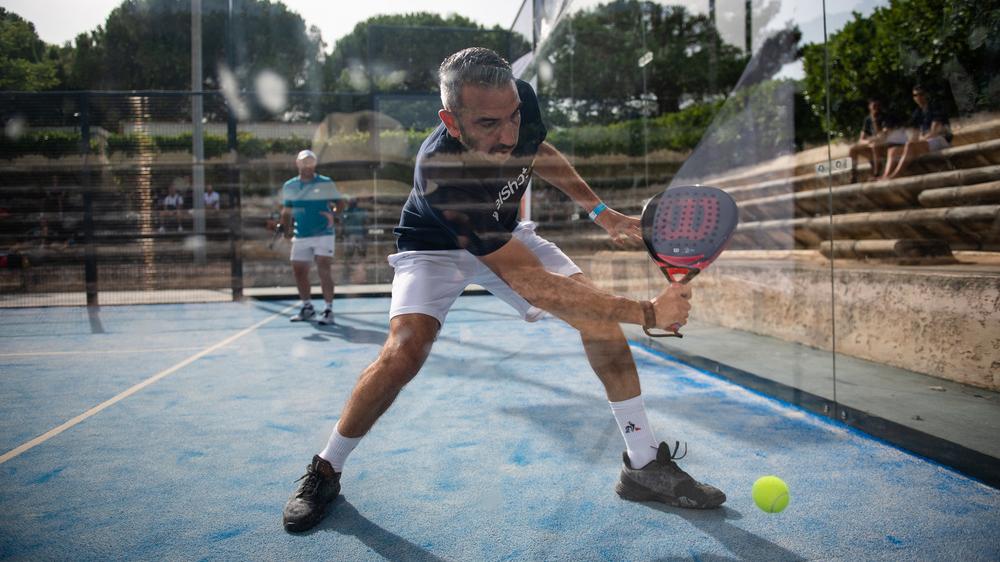 Simon Boissé: “We know that there are two nations in front of us”
Simon Boissé: “We know that there are two nations in front of us” Marie Maligo: “This period of frequent changes of partners was beneficial for me”
Marie Maligo: “This period of frequent changes of partners was beneficial for me”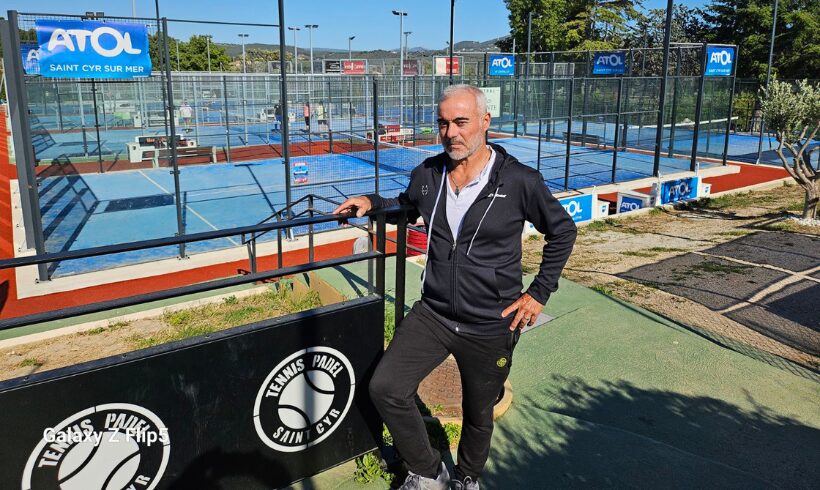 Alain Idier: “Adding tracks of padel, without sacrificing tennis”
Alain Idier: “Adding tracks of padel, without sacrificing tennis”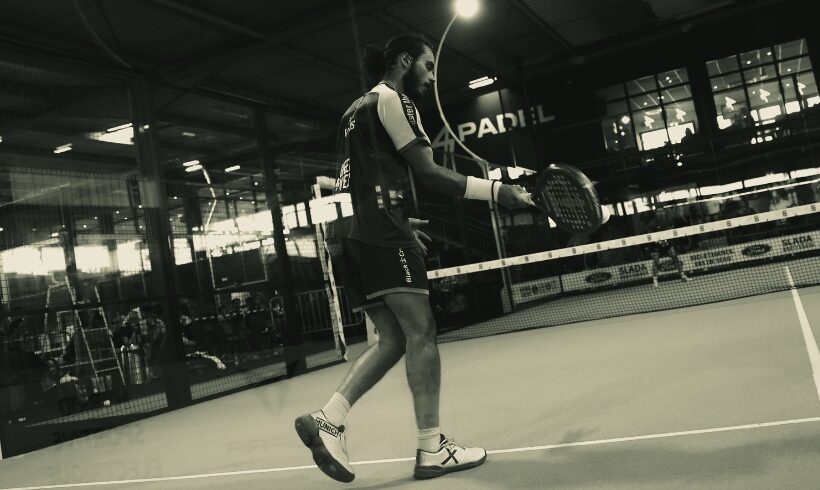 Manuel Vives: “It’s extremely difficult to get by financially”
Manuel Vives: “It’s extremely difficult to get by financially” Padel Score comes to Tahiti for American Express Padel Cup!
Padel Score comes to Tahiti for American Express Padel Cup!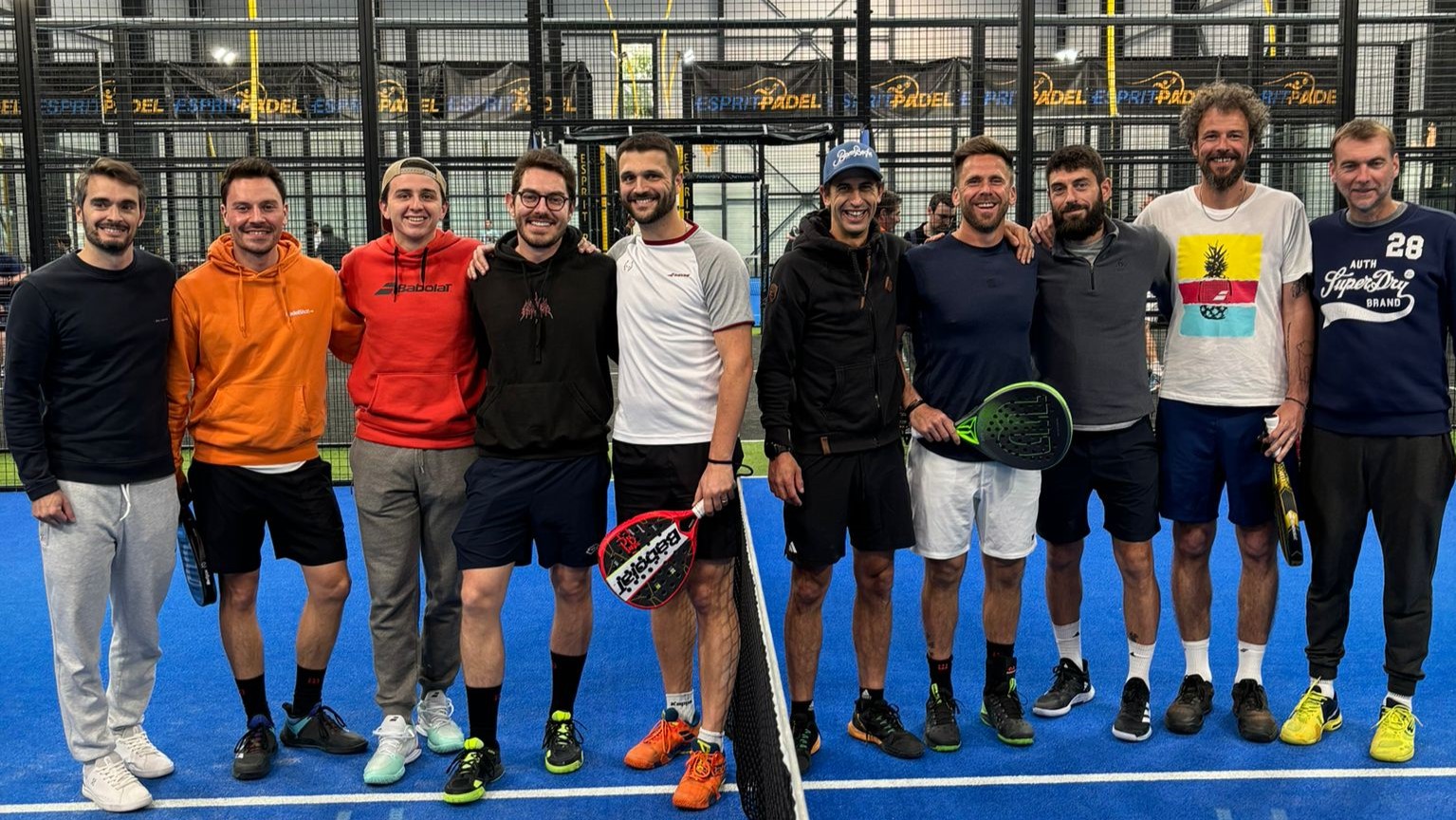 Mind Padel Lyon and the Auvergne Rhône-Alpes League innovate with team tournaments
Mind Padel Lyon and the Auvergne Rhône-Alpes League innovate with team tournaments Simon Boissé: “We know that there are two nations in front of us”
Simon Boissé: “We know that there are two nations in front of us”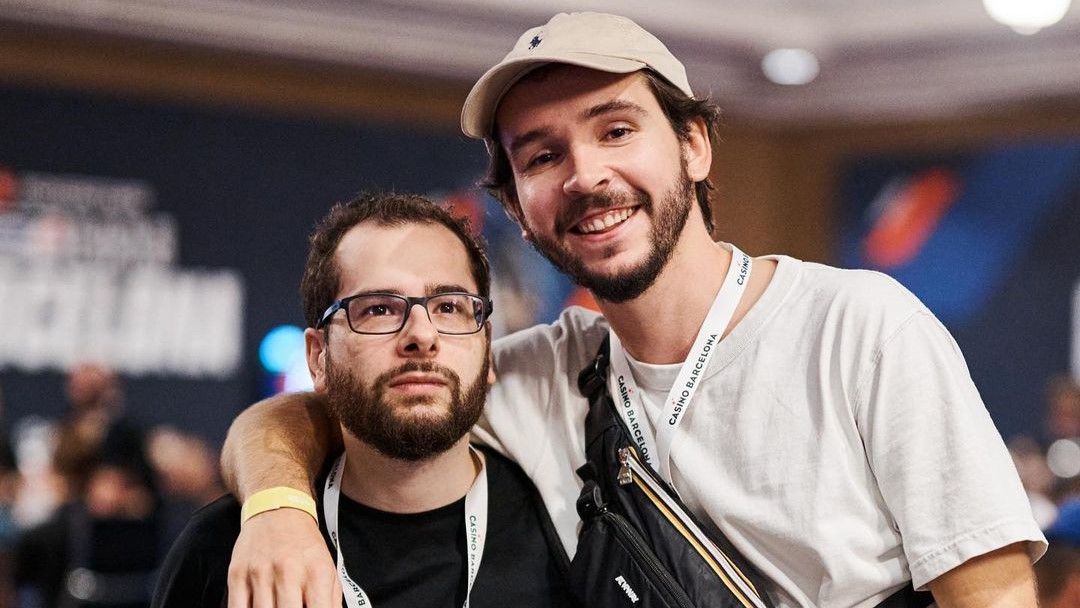 Team PAX (Domingo / Xari) returns to victory
Team PAX (Domingo / Xari) returns to victory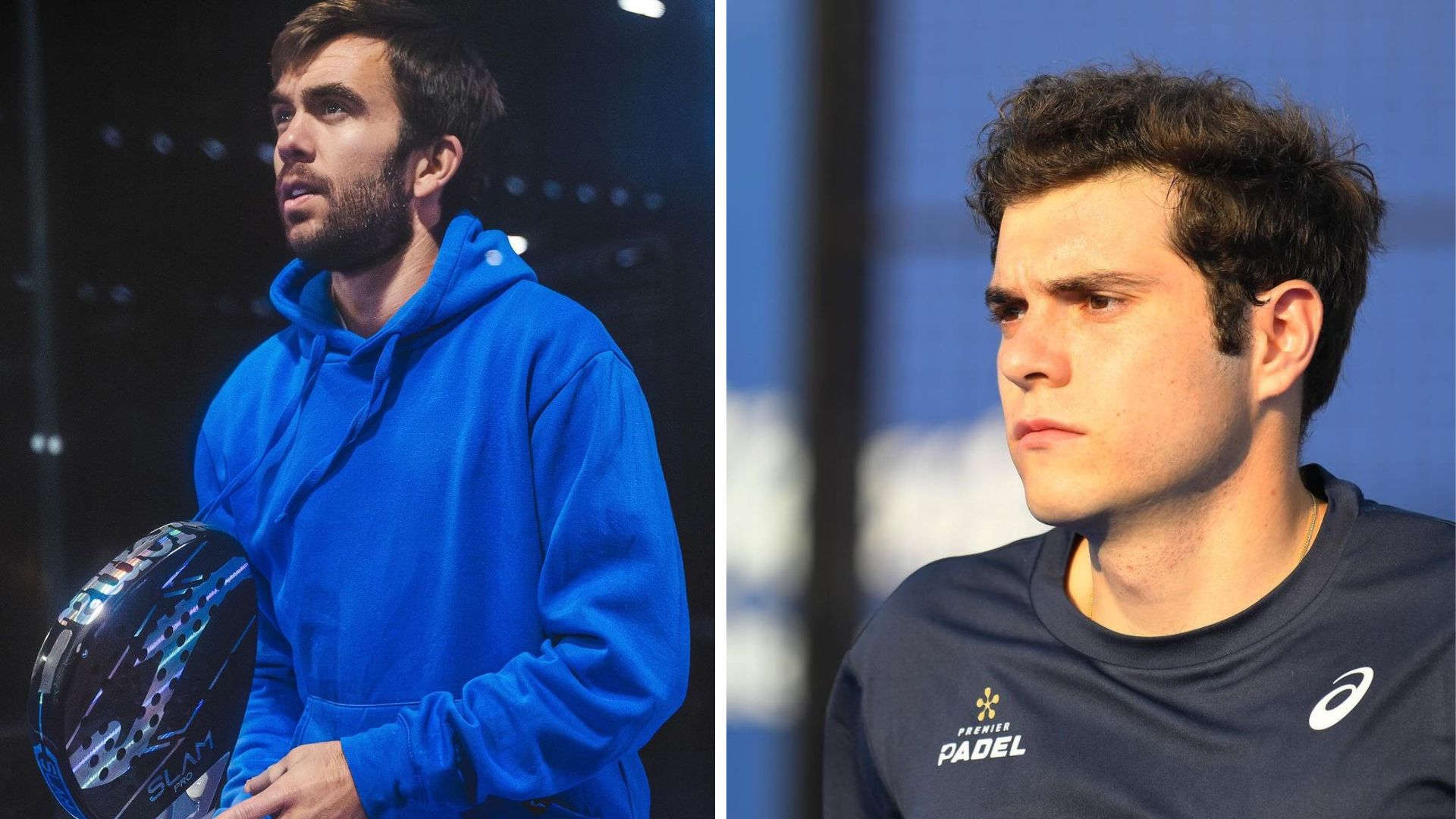 It’s off to a bad start for Pincho Fernandez and Javier Barahona…
It’s off to a bad start for Pincho Fernandez and Javier Barahona… Do you know the Rafa Nadal Academy Tour?
Do you know the Rafa Nadal Academy Tour?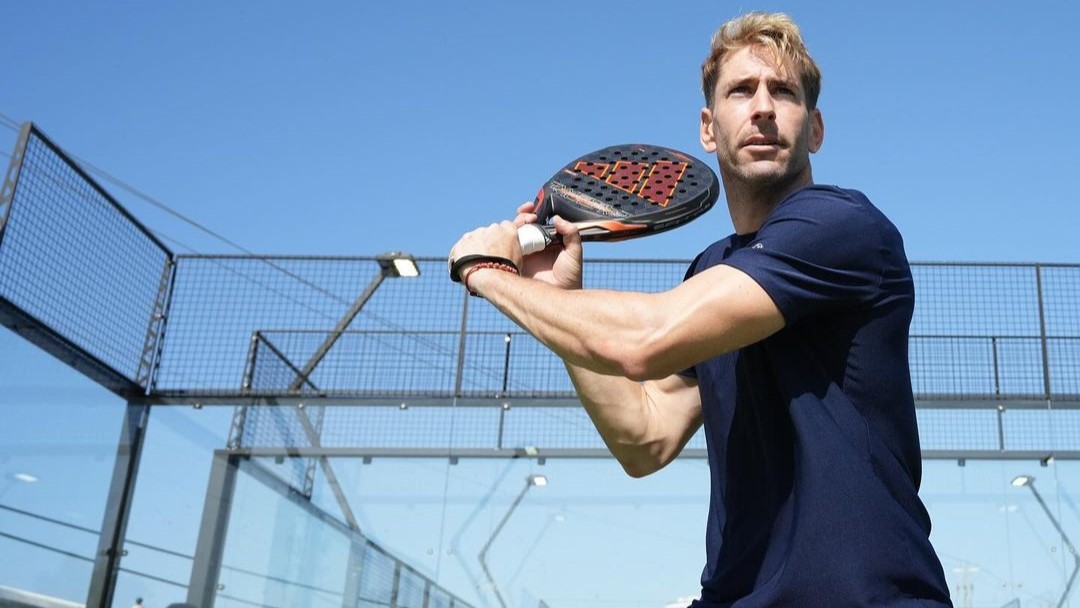 Alex Ruiz: “Finding joy again with Momo”
Alex Ruiz: “Finding joy again with Momo”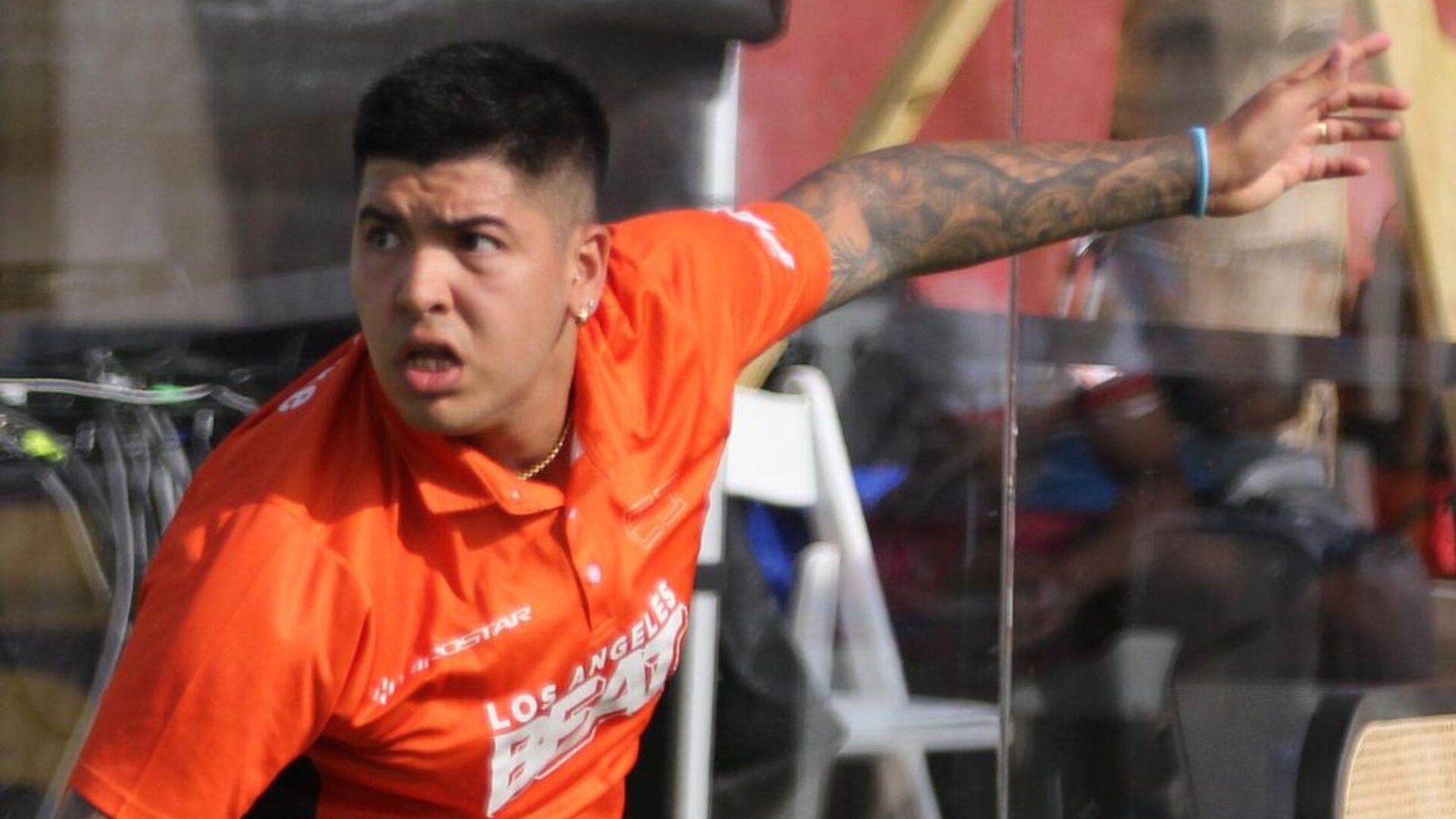 Nerone: “Tolito is not a normal player”
Nerone: “Tolito is not a normal player” Play at padel on his yacht? Possible for €233.000!
Play at padel on his yacht? Possible for €233.000!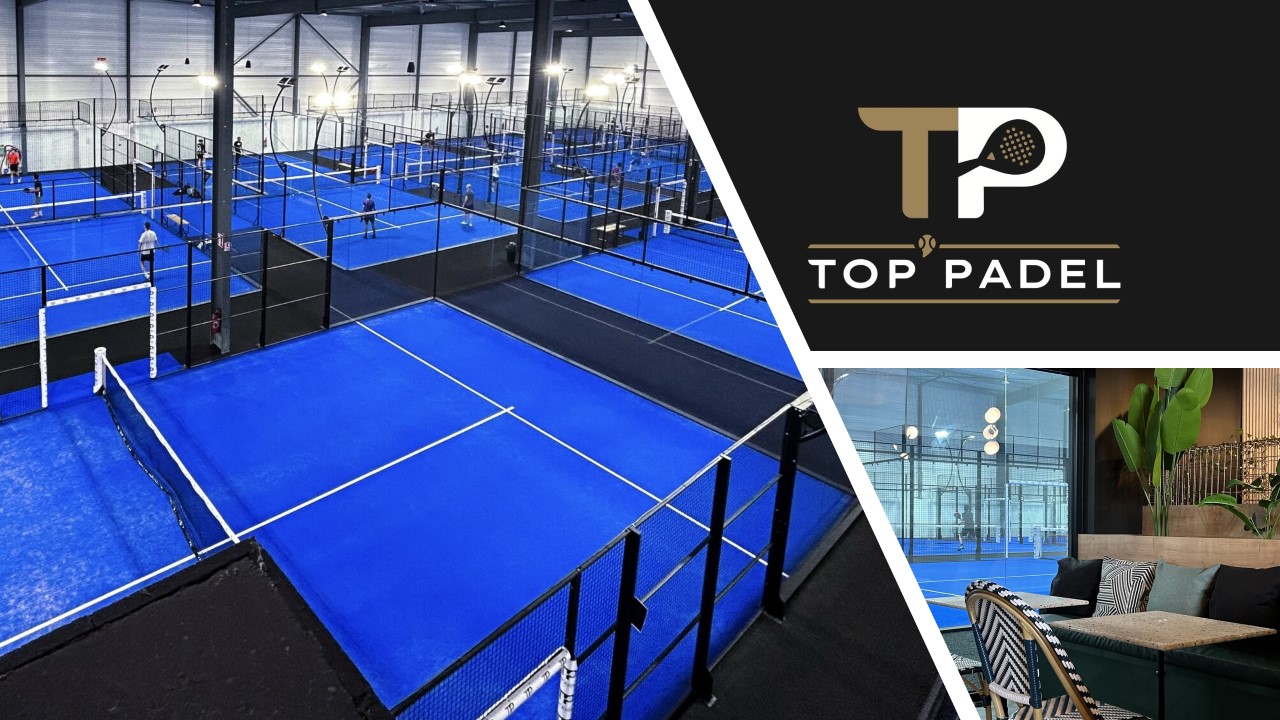 TOP Padel : “A premium club with 10 slopes in Toulouse”
TOP Padel : “A premium club with 10 slopes in Toulouse” Our Top 10 training courses padel in France and Europe
Our Top 10 training courses padel in France and Europe At the heart of padel – Episode 25: Paul and Andoni answer your questions
At the heart of padel – Episode 25: Paul and Andoni answer your questions Tactical padel – What to do when faced with players who systematically stay at the bottom?
Tactical padel – What to do when faced with players who systematically stay at the bottom? The basic tactics of padel
The basic tactics of padel At the heart of padel – Episode 25: Paul and Andoni answer your questions
At the heart of padel – Episode 25: Paul and Andoni answer your questions At the heart of padel – Episode 23: defend the window well
At the heart of padel – Episode 23: defend the window well Prohibition on playing topless Padel : the reasons
Prohibition on playing topless Padel : the reasons FIP Tour – Going far from Europe, THE strategy to earn points!
FIP Tour – Going far from Europe, THE strategy to earn points! What is a good football player? padel ?
What is a good football player? padel ? “Lefties give me headaches when I play against them!”
“Lefties give me headaches when I play against them!” At the heart of padel – Episode 14: how to earn points in winter?
At the heart of padel – Episode 14: how to earn points in winter? A par 4 is always a winner...even if you manage to defend it!
A par 4 is always a winner...even if you manage to defend it! Carbon fiber VS fiberglass: what to choose?
Carbon fiber VS fiberglass: what to choose? How to effectively test a racket padel ?
How to effectively test a racket padel ? La padel to fight Parkinson's disease
La padel to fight Parkinson's disease Don't play with a cracked or broken racket, your body will thank you!
Don't play with a cracked or broken racket, your body will thank you! Michel Cymes: “The padel, physically, it’s serious!”
Michel Cymes: “The padel, physically, it’s serious!” Jeremy Gala: “Promote the padel among young people in Belgium remains a challenge”
Jeremy Gala: “Promote the padel among young people in Belgium remains a challenge” The French Touch Academy organizes its selection day Padel-Study
The French Touch Academy organizes its selection day Padel-Study Report on the detection and training of younger generations
Report on the detection and training of younger generations